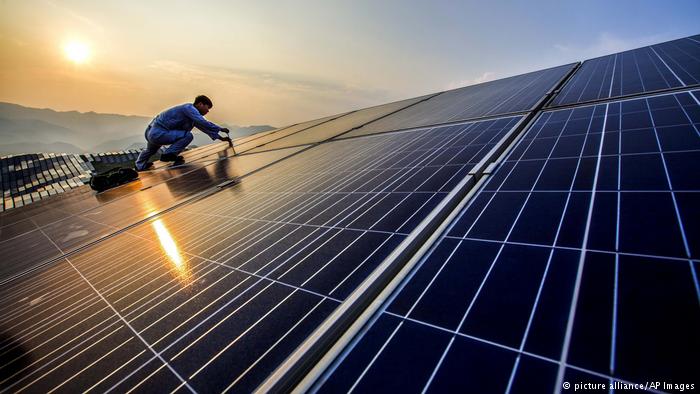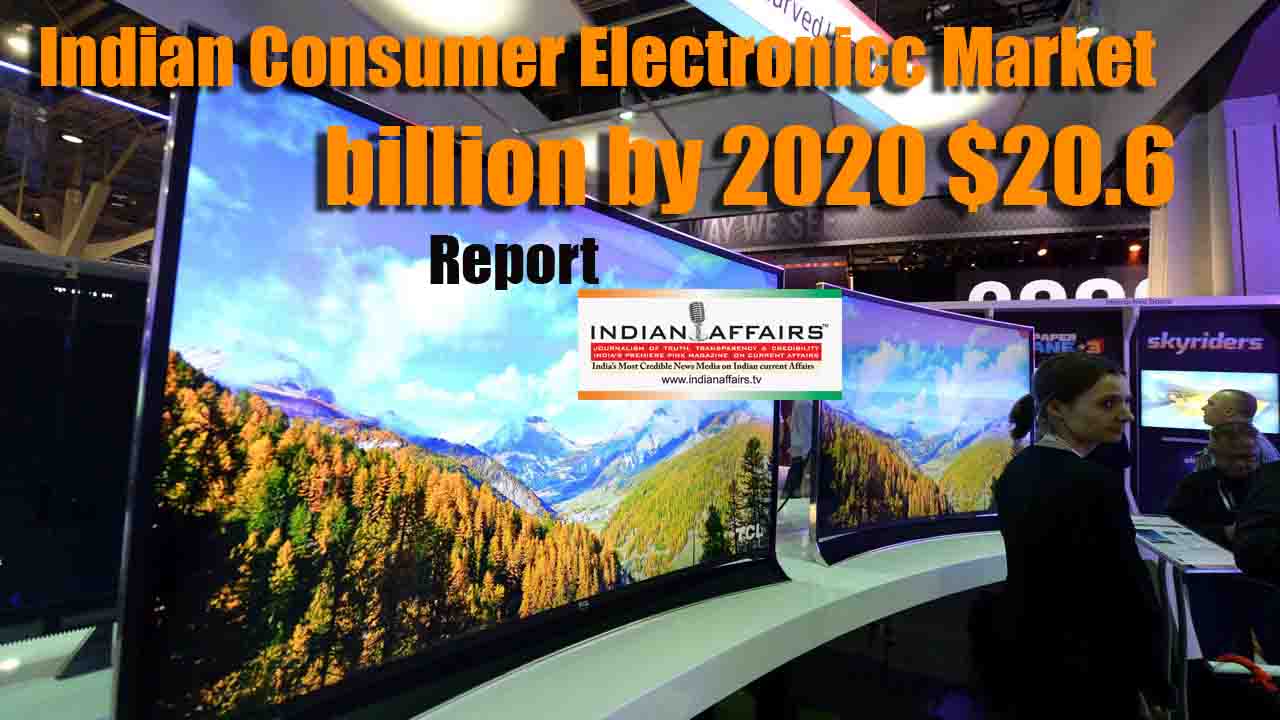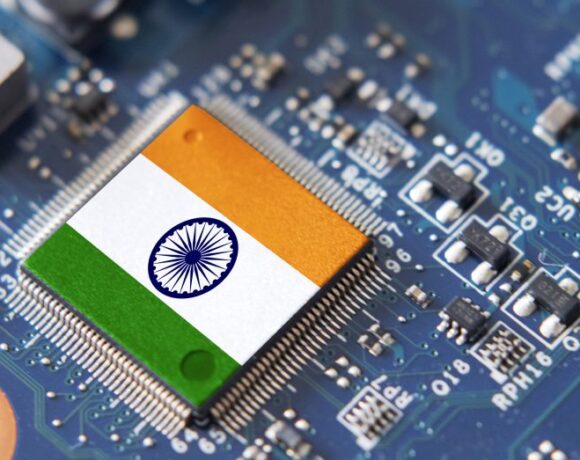

India’s need to foster a manufacturing base for solar cells is unquestionable, but the best way to do that is by allowing market forces free play
Will India’s solar programme, which has an overall installed capacity of around 17 GB (principally in the form of ground-mounted solar), lose its way due to the rise in costs of solar cells? A sobering truth in the effort to indigenise is that 90 per cent of India’s solar installations comprise imported cells and modules. There can be no missing the strategic aspect to indigenisation here — an effort to free the programme of dependency from two superpowers. With domestic content requirement no longer an option, government procurement seems to be the likely way out. India missed out on the semi-conductor revolution in the 1990s, when public sector capacity set up at that time was not nurtured. Now, it seems hard to catch up, both in terms of costs and technology in photovoltaics, at a time when leading producers are developing material that will enhance energy conversion efficiency levels beyond 15-20 per cent. The ministry of new and renewable energy concedes in a recent ‘concept note’ on solar manufacturing in India, that the installed capacity is not being fully exploited because of its obsolete technology in relation to installation needs. There are no integrated Indian manufacturers who are present across the value chain.
The recommendation is not well thought out either. Most Chinese manufacturers have plants in Taiwan and could easily shift to supplying from there, evading the safeguard duty. In sum, Indian producers could do with some hand-holding, with the Railways and other public sector undertakings buying local. But the industry itself will have to shape up or ship out.


















